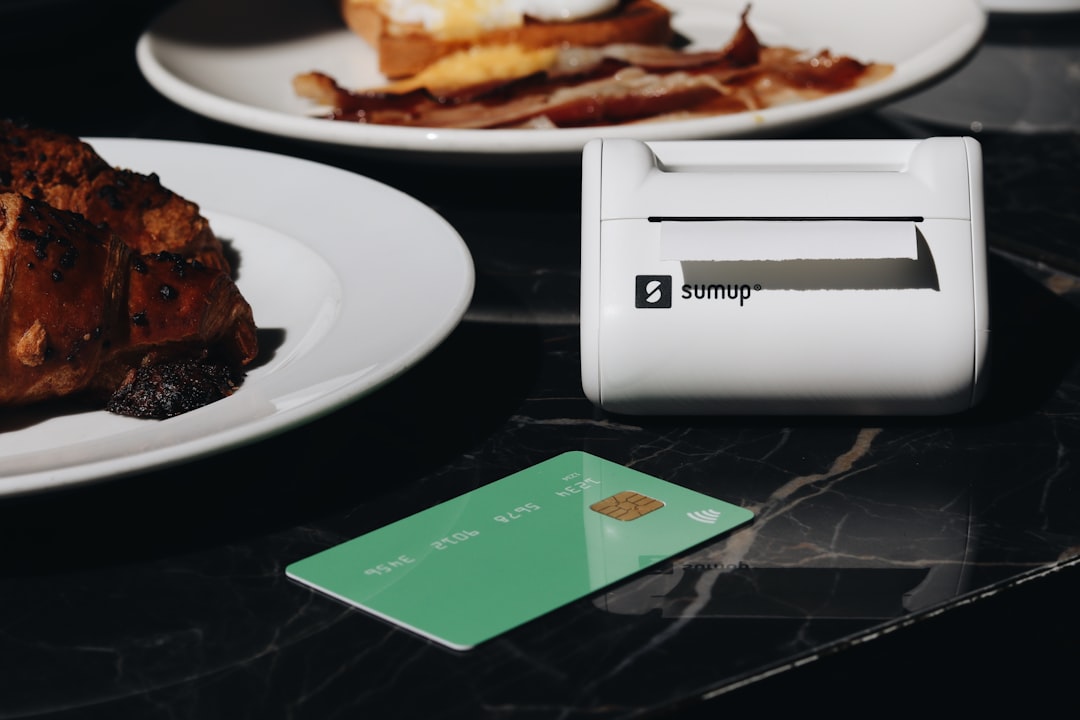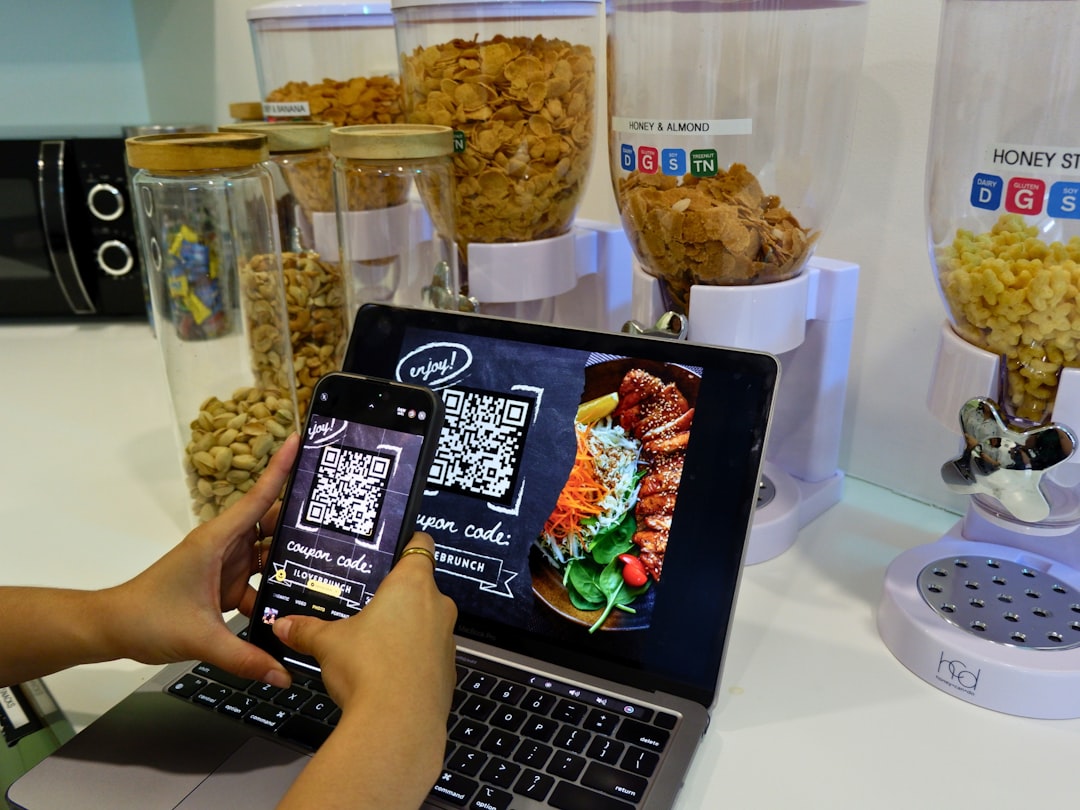Ever watched your staff struggle with order mix-ups while customers impatiently wait? Or spent hours after closing reconciling receipts and inventory counts? Restaurant management doesn't have to be this chaotic.
Modern POS systems have revolutionized how restaurants operate, turning traditional pain points into opportunities for growth. Let's explore why investing in the right POS system might be the most important business decision you'll make this year.
A restaurant Point of Sale (POS) system is far more than just a digital cash register. It's a comprehensive management solution that handles transactions, tracks inventory, manages staff, analyzes sales data, and integrates with other essential restaurant systems.

Today's POS systems, like Spindl, combine all restaurant operations into a single streamlined platform, eliminating the need for multiple disjointed tools. Think of a modern POS as the central nervous system of your restaurant—connecting every function from the host stand to the kitchen to the accounting office.
Modern POS systems eliminate order confusion by creating a direct line of communication between front-of-house and kitchen staff. Orders are instantly transmitted to kitchen displays, reducing errors and speeding up service.
With mobile POS options, servers can input orders tableside, enhancing accuracy and allowing staff to spend more time engaging with guests. Imagine your server suggesting a perfect wine pairing while inputting the order, rather than disappearing to a terminal across the restaurant. This improved efficiency directly impacts your bottom line - restaurants using mobile POS have reported a 10-15% increase in average check size according to Clover's research.
"Where did all our ribeye go?" is a question you'll ask less frequently with automated inventory tracking.
POS systems monitor ingredient usage in real-time, automatically deducting items from inventory when they're ordered. This prevents costly overstocking and reduces food waste - a critical advantage when food costs are at premium levels.
The system can also alert you when supplies run low, ensuring you never disappoint customers with "we're out of that" responses during peak hours. Think of it as having a vigilant stockroom manager who never takes a day off and counts every single ingredient with perfect accuracy.
Today's diners expect personalization. Modern POS systems store customer preferences, order history, and dietary restrictions, allowing your staff to provide tailored service that builds loyalty.
Picture a regular customer walking in and your host greeting them by name, while your server already knows they prefer their martini with a twist and have a shellfish allergy. These personal touches transform ordinary dining into memorable experiences.
Payment flexibility is another crucial factor. Systems that accept contactless, mobile, and digital payments enhance convenience for customers while speeding up table turnover. In fact, 86% of restaurants now use POS data to guide their customer retention strategies, according to DoorDash merchant research.

Making decisions based on gut feeling is risky business. POS systems provide real-time analytics on:
This wealth of information enables data-driven decisions that can significantly impact profitability. You can optimize your menu pricing, staffing levels, and marketing efforts based on concrete evidence rather than assumptions.
For example, your POS might reveal that your lobster risotto rarely sells on Mondays but flies out of the kitchen on Fridays. With this insight, you could create a Friday special promotion or reconsider keeping expensive lobster stock at the beginning of the week, saving thousands in potential waste.
Managing restaurant staff schedules, performance, and payroll becomes remarkably easier with integrated POS solutions. These systems track employee hours, sales performance, and even tip distribution.
Some advanced systems also provide training modules and permission controls, ensuring staff members access only the information relevant to their roles. This not only streamlines operations but also enhances security and accountability.
The days of manually calculating hours and tips are gone—your POS automatically handles these calculations, reducing errors and saving your managers hours of administrative work each week.
The world moved to delivery. Has your POS kept up?
Modern systems like Spindl integrate all delivery platforms in one place, eliminating the chaos of managing multiple tablets and order systems. This integration ensures delivery orders flow directly into your kitchen workflow without disruption or duplicate entry.
Instead of your staff juggling between three different tablets for various delivery services, all orders appear in a single system, prioritized and organized alongside your in-house orders. This consolidation can transform what was once a stressful aspect of service into a smooth, profitable revenue stream.
Restaurant POS systems employ robust security measures to protect both customer and business data. From encrypted payment processing to PCI compliance features, these systems help safeguard sensitive information and reduce fraud risks.
In an era where data breaches make headlines regularly, having built-in security protocols isn't just convenient—it's essential for protecting your business reputation and avoiding costly penalties.
As your restaurant business expands, your POS system should grow with you. Modern cloud-based solutions allow for easy addition of new locations, menu items, or functionality without major overhauls.
This scalability ensures your technology investment continues to deliver value as your business evolves. Whether you're adding a seasonal menu, opening a second location, or launching a catering division, your POS can adapt to support these new ventures without starting from scratch.
While there is an initial investment, 84% of full-service restaurants report significant revenue gains after implementing POS systems. The combination of increased efficiency, higher check averages, and reduced waste typically delivers rapid ROI.
Consider this: If your POS system prevents just two food waste incidents per week at $50 each and increases your average check by just 10%, a system could pay for itself within months, not years.
Today's systems are designed with user experience in mind. Most feature intuitive interfaces that minimize training time. Additionally, younger staff members often prefer working with modern technology, potentially improving employee satisfaction and retention.
Restaurant POS interfaces have evolved dramatically—many now use the same touch-and-swipe mechanics your staff already use on their personal smartphones. The learning curve is shorter than you might expect.
Leading POS providers offer offline functionality and robust backup systems to ensure business continuity even during internet outages. 24/7 support, like that offered by Spindl, ensures technical issues are resolved quickly.
Many modern systems can continue basic functions during connectivity issues and automatically sync once connections are restored, minimizing disruption to your service and accounting.
When selecting a POS system, consider these factors:
The right system should feel tailored to your specific restaurant concept, not force you to adapt your operations to its limitations.
In today's competitive restaurant landscape, operating without a modern POS system is like trying to compete in a Formula 1 race with a bicycle. The efficiency gains, data insights, and customer experience improvements provided by these systems have transformed them from luxury to necessity.
The right POS system doesn't just streamline operations—it fundamentally transforms how your restaurant functions, enabling growth and profitability in an increasingly challenging market.
Ready to revolutionize your restaurant operations? Consider exploring all-in-one solutions like Spindl that combine order taking, delivery management, POS functionality, and analytics in a single streamlined platform.
Your staff, customers, and balance sheet will thank you. And you might even get to leave work early enough to enjoy dinner at someone else's restaurant for a change.
